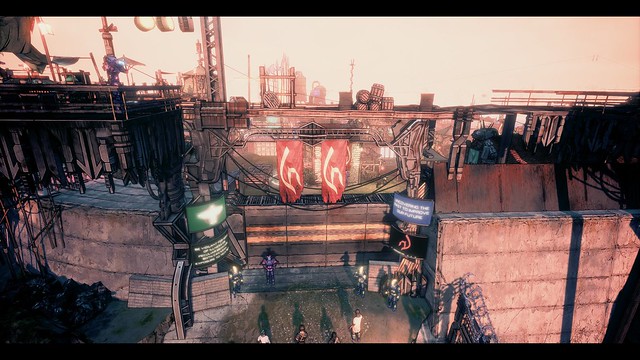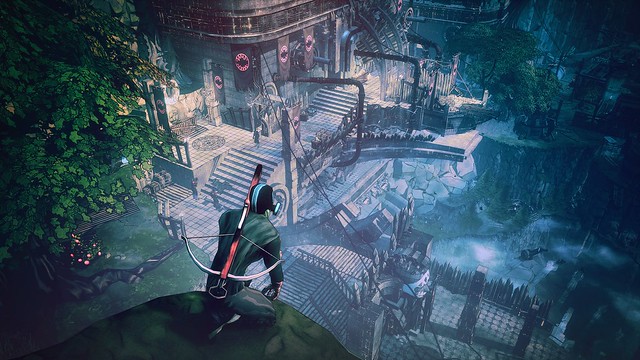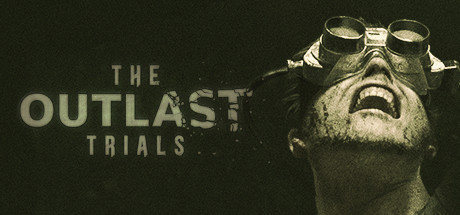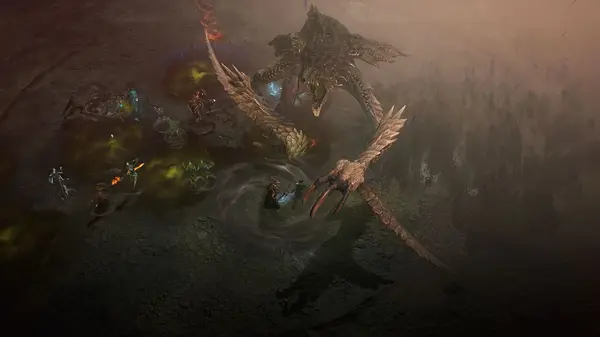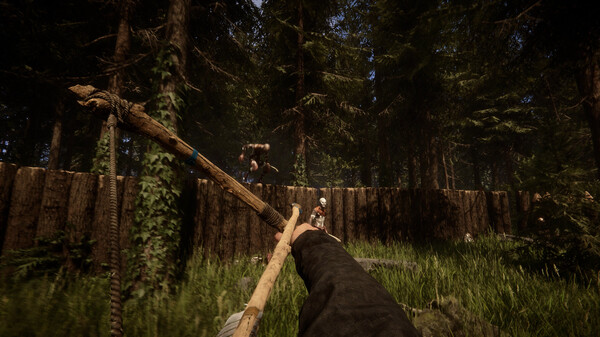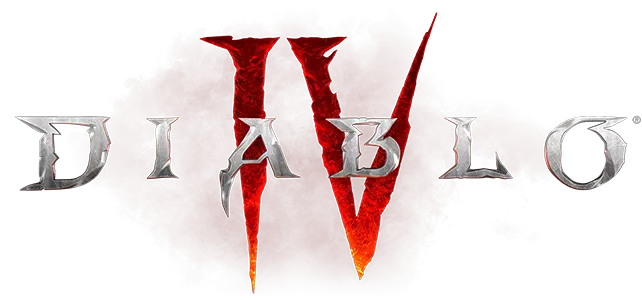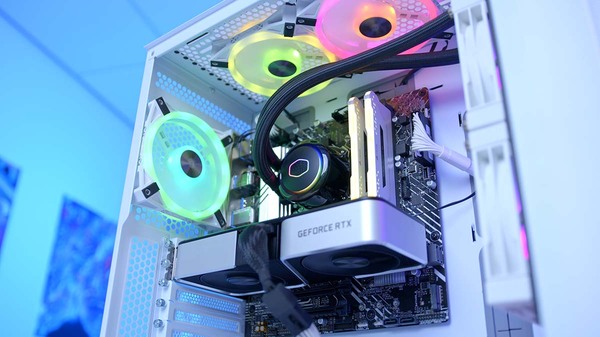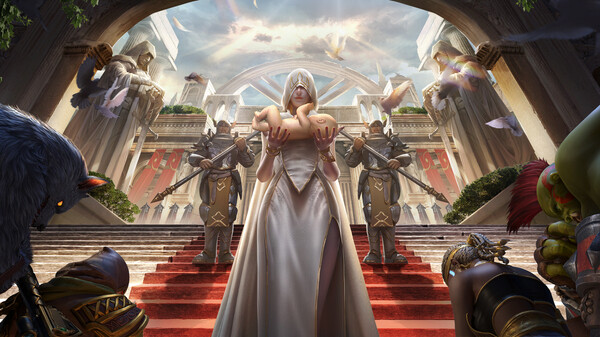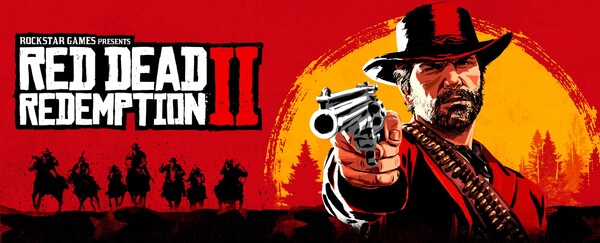[Disclosure: A review copy was provided for the contents of this article]
Seven: The Days Long Gone is an ambitious kind of game. So ambitious really that it’s taken me something like two months to review it. This is largely because whilst I find the mash up of different genres and ideas of great interest, the game ebbs and flows very erratically in terms of execution.
Pitched somewhere between an open world, isometric stealth adventure and a sequential, mission based tactics game like the old Commandos series (with significant doses of RPG thrown in,) Seven feels unique right from the very beginning. This mash up of different genres doesn’t actually shine through for a while, so instead it is the Blade Runner meets Shadowrun style story that first captures the imagination.
Players control a master thief known as Teriel, and as you’ll guess within ten seconds of starting the game, he is right in the throws of setting up his “last big job” before retirement. Whilst this sequence acts primarily as a tutorial on the finer aspects of navigating the surprisingly open world and introduces some of Teriel’s moves and abilities, it also showcases the excellent script and voice acting.
It will also come as little surprise that things soon begin to go wrong for Teriel and he soon finds himself en route to a prison island known as Peh, which is where the story really begins to get interesting. Teriel is not alone, you see, because for reasons you’ll have to find out on your own, he has a Daemon embedded inside his head. Advising, guiding, chastising and reporting on everything he does to a higher power.
It might sound a little cliche, but it’s really compelling stuff, thanks in part to the overall story and the excellent script (plus that voice acting I mentioned) but also because it has one of those supremely well crafted worlds that is absolutely, one hundred percent attuned to the vision of whoever created it. Despite being a prison, the island of Peh is a large one too, filled with gangs, monsters, interesting NPC’s and plenty of other authority figures to sneak around or murder.
One thing I particularly like about Seven is the way it presents players with a Hitman style range of options to approach each mission – whether you want to try that side door, climb onto the roof and drop in through an open skylight or put on an enemy uniform and walk in the front door. Weapons and magical skills can also be used to devastating effect, although I’m pleased to say that I never felt that I was overpowered when using them – merely that it was a less optimal choice I could make.
Exploring the island helps Teriel gain new abilities and increase his general strength overall. This is largely achieved by slotting him with augmentation chips, which are like mini skill trees that further enable additional upgrades. Actually installing these upgrades costs nectar, so whilst you’ll eventually have an inventory packed with them (hence enabling a wide range of options) you won’t be able to use them all.
Unfortunately, whilst all of these features sound – and often are – great, they also often break quite badly. Seven is not buggy, as such, it just kind of has too much to deal with, which means aspects of it falter at the worst times. Stealthy kills are often impossible, for example, because the supposed victim never leaves a path that isn’t continually watched by about fifteen onlookers. Meanwhile combat is satisfying at first, but Technomagi keep coming in numbers that become simply unmanageable.
In the end, despite a few minor nagging doubts, I found myself fairly satisfied by Seven. It deserves applause for having such ambition and for executing to a very high standard in terms of script, visuals, story, voice acting and general gameplay. Teriel is an interesting main character and the flexibility with which he can be built and rebuilt to suit any occasion is great, as is the range of options for addressing each mission. I can’t recommend it for everyone, but for those who love isometric RPG’s or stealth games with personality, then Seven is a great option.

